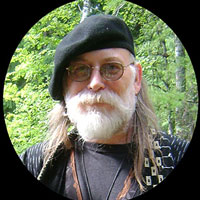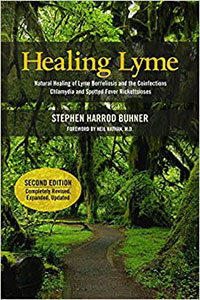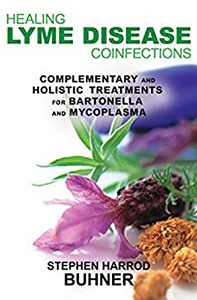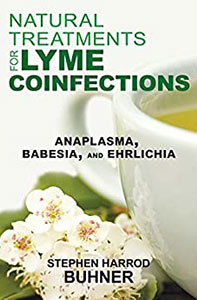Where do I start?
by Stephen Harrod Buhner | Oct 18, 2010 | babesia, bacterial infections, bartonella, Co-Infections, Columns, cryptolepis, eleutherococcus, Healing Lyme, Herbs, japanese knotweed, viral infections |
Dear Stephen,
I have a lot of infections – lyme, bartonella, babesia, mycoplasma, hhv-6 and ebv (those are the ones I know of). I did rotations of antibiotics for a couple of years with some herbals, and while no longer felt like I was dying, I was still debilitated and in agony primarily due to a variety of neurological symptoms but also from soft tissue pain. I stopped all antimicrobials and began rifing last year and have been knocking off symptoms but still have some pretty serious neurological impairment and stiffness. I have been primarily treating bartonella, mycoplasma and lyme and more recently babesia. It is a juggling act. I’d like to start incorporating some antimicrobials again. Should I do something broad-spectrum or is there an infection I should focus on first? I went to my doctor the other day and came home with allicin, andrographis, medicinal mushrooms and astralugus and I am just looking at them because I know I probably couldn’t handle taking them all at the same time and I have taken all but allicin before (although I didn’t take andrographis for very long) and question whether they can help me. Thanks!
Stephen’s response:
Knotweed is the most specific herb for lyme and those symptoms. With your symptoms I would begin with knotweed,
eleuthero, and cryptolepis (
woodlandessence.com).
Stephen
-
Stephen Harrod Buhner was an Earth poet and an award-winning author of twenty-four books on nature, indigenous cultures, the environment, and herbal medicine including the acclaimed book Healing Lyme: Natural Healing & Prevention of Lyme Borreliosis & Its Co-infections.
Stephen came from a long line of healers including Leroy Burney, Surgeon General of the United States under Eisenhower and Kennedy, and Elizabeth Lusterheide, a midwife and herbalist who worked in rural Indiana in the early nineteenth century. The greatest influence on his work, however, was his great-grandfather C.G. Harrod who primarily used botanical medicines, also in rural Indiana, when he began his work as a physician in 1911.
Stephen’s work has appeared or been profiled in publications throughout North America and Europe including Common Boundary, Apotheosis, Shaman’s Drum, The New York Times, CNN, and Good Morning America. Stephen lectured yearly throughout the United States on herbal medicine, the sacredness of plants, the intelligence of Nature, and the states of mind necessary for successful habitation of Earth.
He was a tireless advocate for the reincorporation of the exploratory artist, independent scholar, amateur naturalist, and citizen scientist in American society – especially as a counterweight to the influence of corporate science and technology.
View all posts













0 Comments